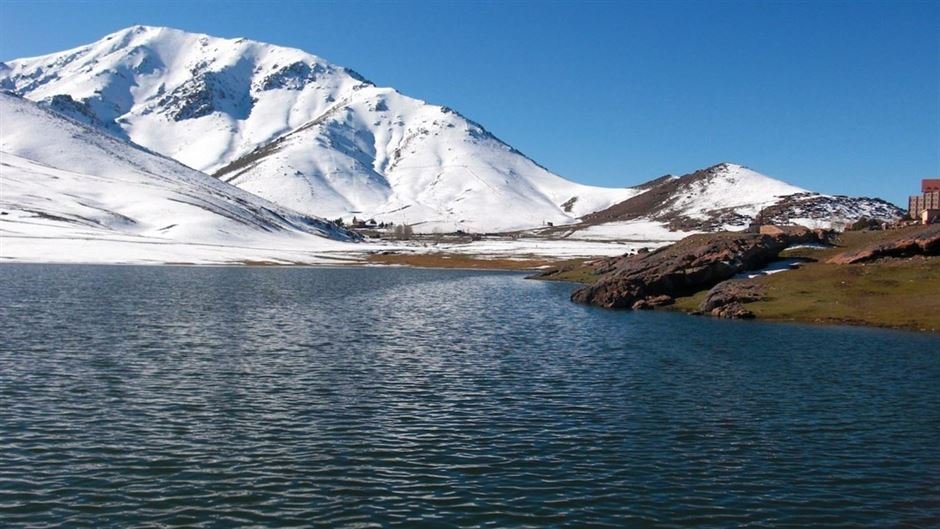The Marrakech's Majestic Ruins Resonating with History
| MMonday | 09:00 - 17:00 |
| TTuesday | 09:00 - 17:00 |
| WWednesday | 09:00 - 17:00 |
| TThursday | 09:00 - 17:00 |
| FFriday | 09:00 - 17:00 |
| SSaturday | 09:00 - 17:00 |
| SSunday | 09:00 - 17:00 |
El Badi Palace: Marrakech’s Majestic Ruins Resonating with History
In the heart of Marrakech, the El Badi Palace stands as a hauntingly beautiful reminder of Morocco’s rich history. Translating to “The Incomparable,” the palace’s ruins offer visitors a glimpse into a time of grandeur, power, and artistic brilliance. Though time has weathered its splendor, El Badi remains a symbol of the opulence and historical significance of the Saadian dynasty.
Historical Origins
El Badi Palace was commissioned in the late 16th century by Sultan Ahmed al-Mansur of the Saadian dynasty, following his victorious campaign against the Portuguese at the Battle of the Three Kings. Constructed over 25 years, it was intended to showcase the sultan’s wealth and power.
Built with luxurious materials such as gold from Sudan, Italian marble, and Indian onyx, the palace was a marvel of its time. However, its glory was short-lived. In the late 17th century, Sultan Moulay Ismail of the Alaouite dynasty dismantled the palace to reuse its materials for his own imperial city in Meknes, leaving El Badi in its current state of ruin.
Architectural Remnants
Despite its ruination, the palace still conveys its former magnificence. Once a sprawling complex, El Badi featured grand courtyards, sunken gardens, and reflecting pools that exemplified the Saadian appreciation for symmetry and beauty.
The Great Court, or Court of Honor, remains a focal point, with its massive central pool and traces of ornate porticoes. Visitors can also explore remnants of the Koubba El Khamsiniyine, the pavilion that once housed the sultan’s court and banquets.
El Badi’s strategic location offers sweeping views of the Koutoubia Minaret, the Atlas Mountains, and Marrakech’s medina. These panoramic vistas emphasize the palace’s connection to the city and its prominence in Saadian-era urban planning.
Symbolic Artistry
Even in decay, El Badi reflects the artistic brilliance of Moroccan craftsmanship. Traces of zellige tilework, carved stucco, and decorative woodwork hint at the intricate artistry that once adorned the palace.
These embellishments, now weathered, remain a testament to the skill of Moroccan artisans and the cultural richness of the Saadian period. The faded opulence of El Badi invites visitors to imagine the grandeur of its heyday, when it stood as a symbol of power and sophistication.
Saadian Mausoleum
Within the palace grounds lies a Saadian mausoleum, further tying El Badi to the dynasty that built it. Though less preserved than the Saadian Tombs elsewhere in Marrakech, the mausoleum adds historical depth, reminding visitors of the palace’s role as both a residence and a site of dynastic legacy.
Preservation and Cultural Significance
Recognized as a UNESCO World Heritage Site, El Badi Palace has gained attention for its historical importance. Efforts to preserve its remaining structures allow visitors to explore its ruins while safeguarding its cultural significance.
The palace serves as a monument to the transient nature of wealth and power, standing as a silent witness to the rise and fall of dynasties and the passage of time.
Visitor Experience
For those who visit, El Badi Palace offers a reflective journey into the past. Walking through its sun-drenched courtyards and crumbling corridors, one can almost hear the echoes of royal banquets and political intrigue.
The palace’s haunting beauty evokes a sense of both awe and contemplation, reminding visitors of the impermanence of human achievements. Today, El Badi hosts cultural events, including the annual Marrakech Folklore Festival, ensuring its continued role in the city’s vibrant cultural life.
A Timeless Legacy
El Badi Palace is more than just ruins; it is a testament to the artistic and cultural achievements of Morocco’s golden age. Its majestic remnants provide a powerful narrative of Marrakech’s history, offering visitors a profound connection to the past.
As you wander through its weathered archways, gaze upon the sunken gardens, or stand in the shadow of its once-grand walls, El Badi reveals itself as not only a relic of history but also a poignant reminder of the enduring spirit of Marrakech.




Not rated yet.
Why don't you register your impressions?